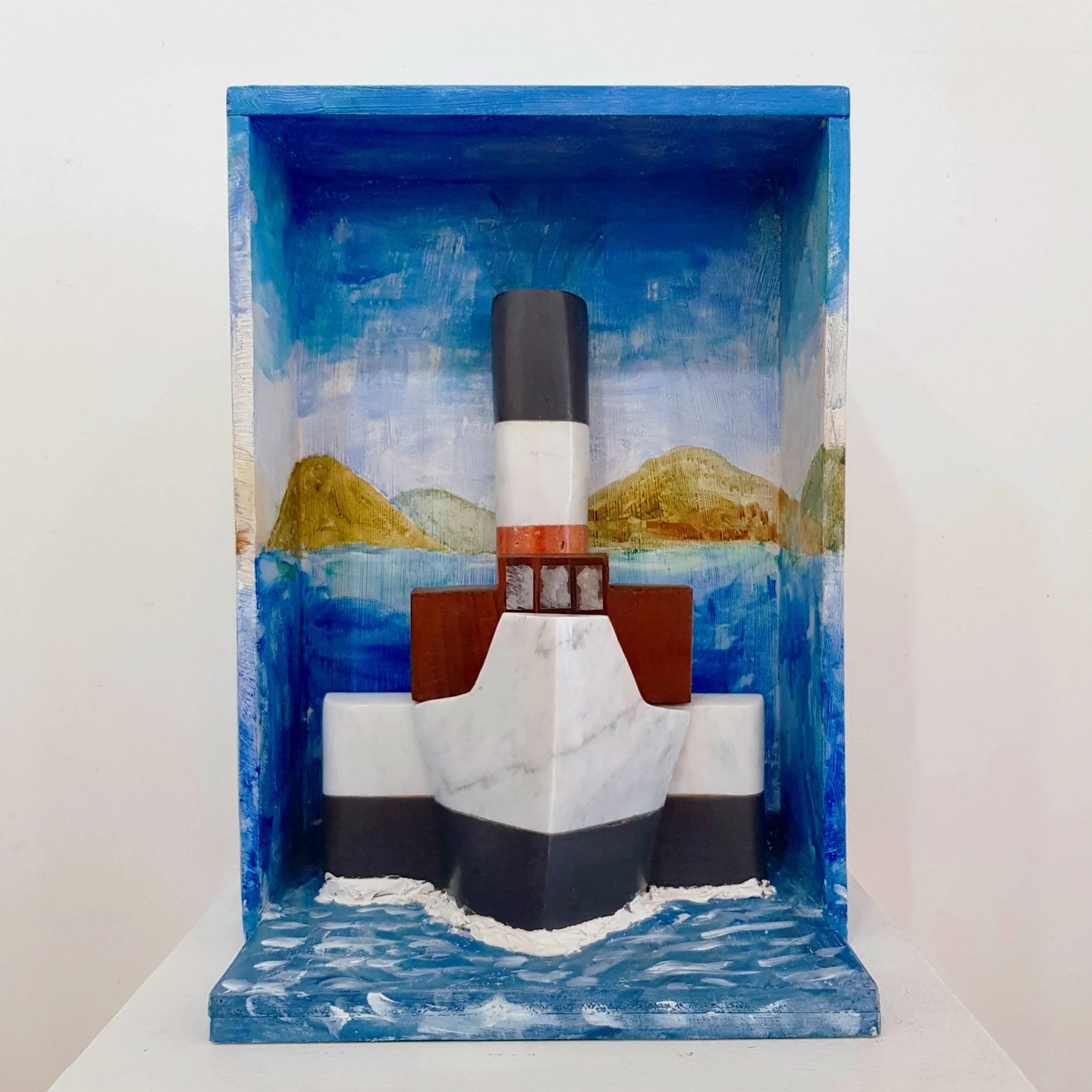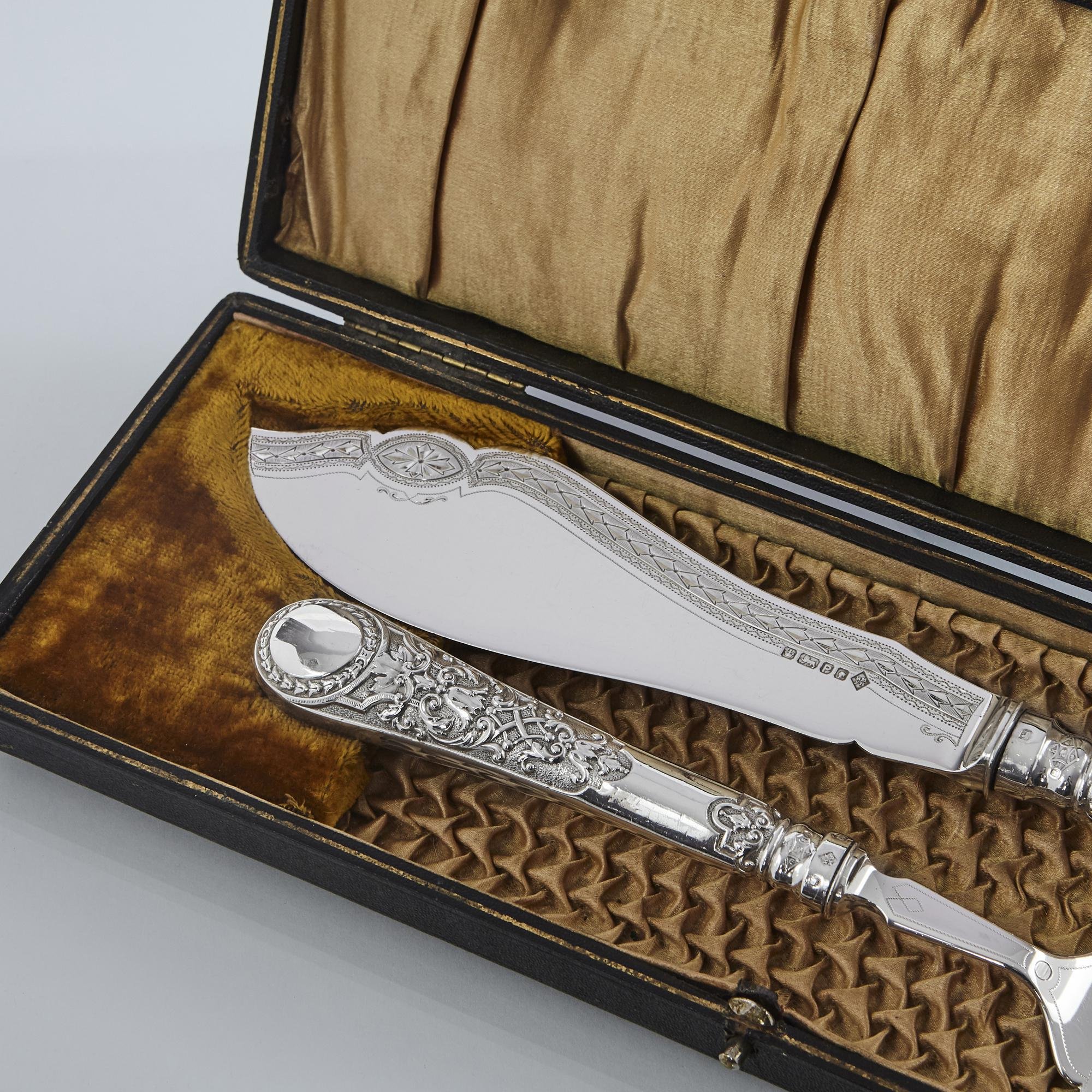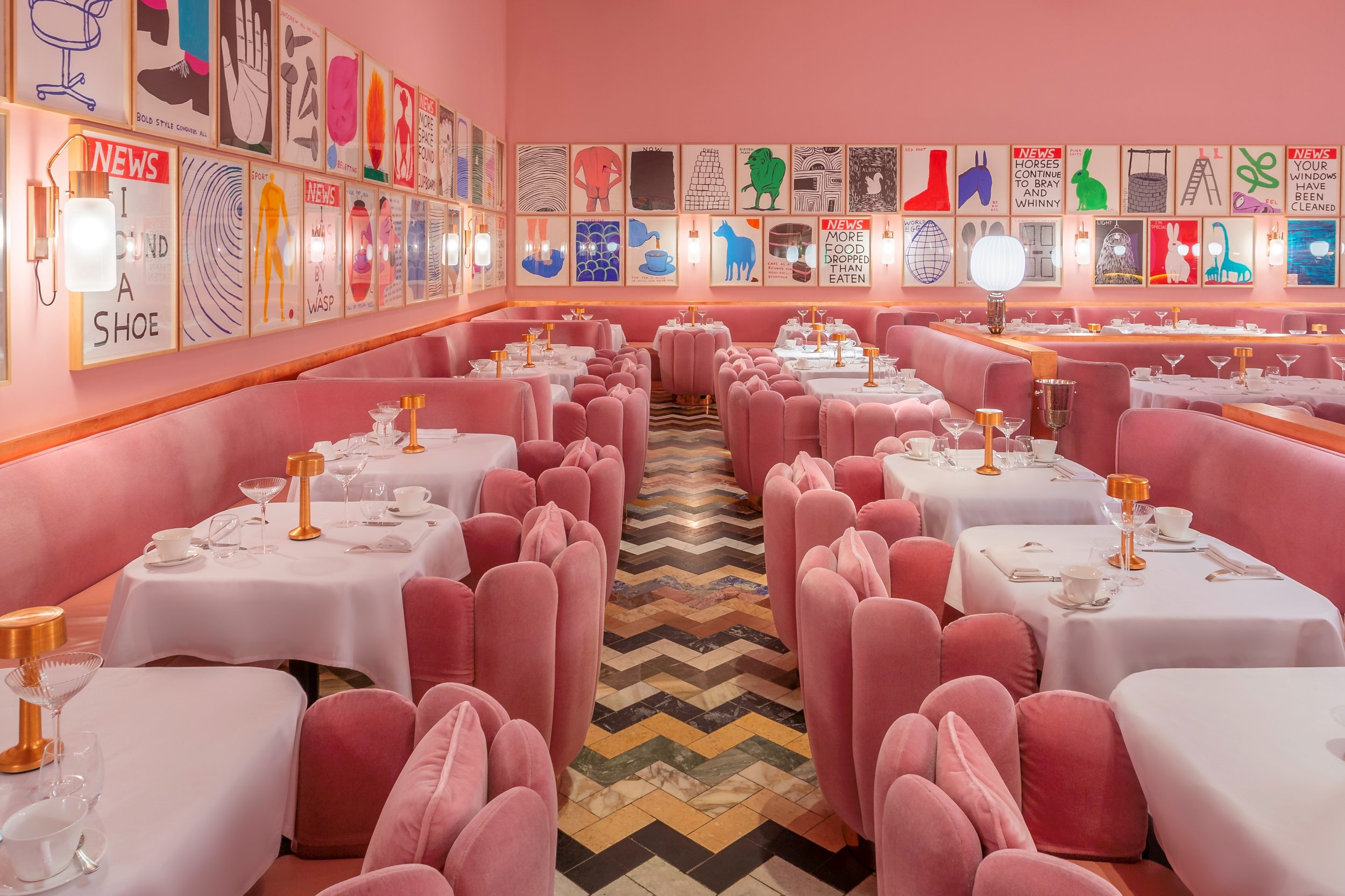Always The Last Place You Look
1 December 2022
Charles and his sister Daisy investigate and put to sale a rare artefact of the late 18th century.
Charles Hartley
Charles Hartley is the Director of Hartleys Auctions Ltd. and specialises in arms, militaria, fieldsports and taxidermy.
The seal that was found in an unassuming biscuit tin: A cornelian oval seal, intaglio carved with "Horse Frightened by a Lion" (1770), signed in the stone C. Brown F.
Available at Hartleys Auctions on 7th December 2022.
Working as an auctioneer you never quite know what is hiding behind the door of the next house, it would be easy to judge a book by its cover as you roll into the driveway of a property, but I have found as many “golden eggs” in council houses as I have up the long sweeping drives of stately homes. In fact, the highest value sale we have ever had the pleasure of putting to the gavel was found in a very unassuming area, within a tired bungalow through nicotine-stained net curtains and past decade old mounds of hoarded newspapers. Hiding there amongst family relics of a great industrial past was a quarter of a million pounds worth of silver and a single book worth over £100,000; even when standing in the property most people wouldn’t have known.
My sister Daisy worked for many years as an auctioneer, but on following her passion for gemology, set up her own business buying and selling jewellery. Whilst visiting a client in the South she was handed a biscuit tin of “odds & sods” that the owner wanted to check before casting asunder; I am sure many readers will relate to this, as in every grandparent’s house there is a vintage biscuit or sweet tin filled with goodies. Within the tin Daisy found some old costume jewellery, pen knives and other trinkets, but hidden at the bottom was a large and finely scrolled piece of tarnished metal that looked to be a seal. Daisy has seen thousands of seals over the years, typically within signet rings or dangling from golden watch fobs. But this one was different, the fineness of the gold setting and the crisp intaglio carving within the deep crimson carnelian stone was something to behold. Giving it a bit of a clean to gain a better look, the name C. BROWN (in reverse) became clear to the base of the semi-precious stone, revealing it to be by Charles Brown, who alongside his brother William were revered gem cutters in the 18th century - Charles died in 1795, though William did continue into the start of the 19th century.
The Charles Brown seal - detail of the gold scroll mount with plain frame.
Available at Hartleys Auctions on 7th December 2022.
They exhibited together at the Royal Academy through the 1770s and early 80s until they were commissioned by the Russian court of Catherine The Great, working almost exclusively for the Empress until her death in 1796. Charles in particular was known for his animal-based works, often taking inspiration from the art of his period. Deeply carved into this very piece was a very familiar scene, a horse frightened by a lion, less inspired and more a direct copy of George Stubbs’s famed work of the same name, painted in 1770 and hanging in Liverpool’s Walker Art Gallery. Records show that Charles produced two of this image for Catherine, one currently resides in The Hermitage Museum, St. Petersburg, and this one has, well, been hiding in a biscuit tin in North London.
Obviously, this is a hugely important find and the task of valuing such a wonder is no mean feat. I recently wrote about the existence of “sleepers” within the auction market and what happens when estimates are left in the dust as a hammer price soars to the rafters. Now, this piece could never be called a “sleeper” as it has been identified and will be by no means unknown to the market, but when bidding opens on December 7th, I will be excited to see where the price falls. Frustratingly for those who love to value based on quantitative data and past results, unsurprisingly, very few examples by the Brown brothers have come up for auction over the years. Though, in 2015 Sotheby’s within an Old Master Sculpture & Works of Art auction had a William Brown intaglio ring, from Carlton House and previously owned by George Augustus Frederick, Prince of Wales and later King George IV. They estimated the ring at £6,000 – 8,000, but ended up making a very healthy £35,000. Again, with Sotheby’s and going back a little further to 2007, a stunning bracelet of 7 hardstone panels including one carved again by William alongside arguably lesser named artists, made a collective £79,200 against an estimate of £40,000 – 60,000; leaving heads being scratched as to how much of that figure is represented by William.
So here we find ourselves at the brink of sale, an estimate of £20,000 – 30,000 and our hearts thumping with anticipation. Whether our estimate is right or wrong only time will tell, but either way I am still proud to be representing a rare and highly interesting piece of history, found in the least likely of places.
A rare hard stone cameo and intaglio bracelet. First half of the 19th century
Sold at Sotheby’s in 2007.
Ring with an intaglio with Cupid holding a butterfly cornelian, set in gold. William Brown (1748-1825) British, circa 1781
Sold at Sotheby’s in 2015.

































